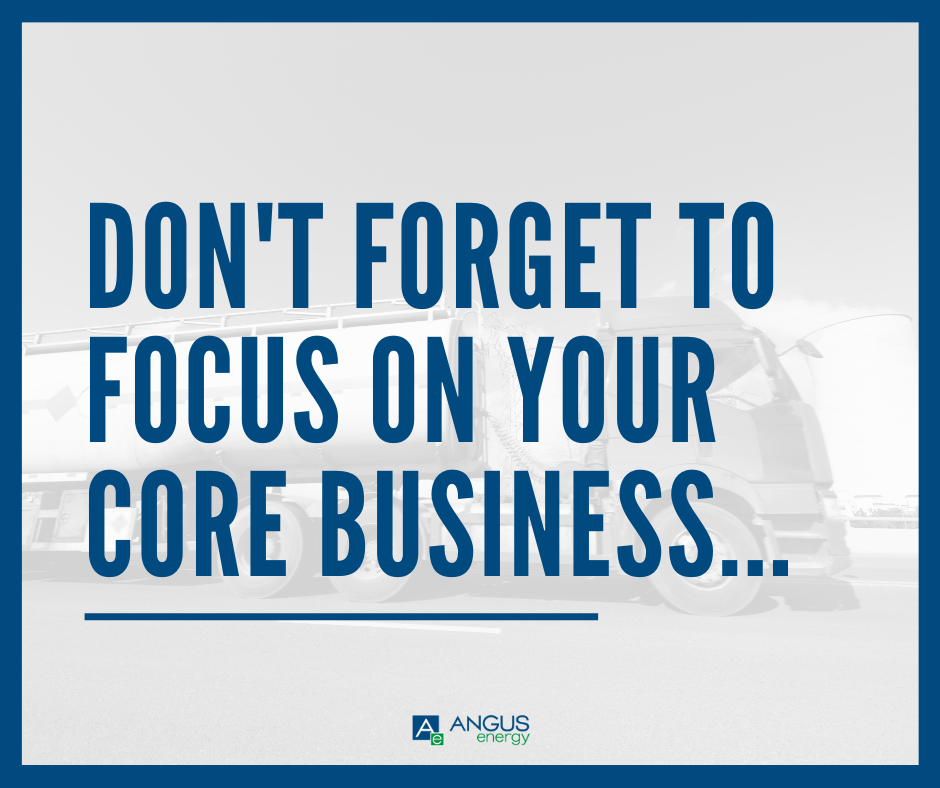Are you a marketing company? A financial services company? An employee benefits company? Or are you a delivery company that spends more than half of your overhead on a fleet of vehicles and on wages for drivers, dispatchers, and mechanics?
Picture yourself back in the 1980’s and let’s say that you were in the business of manufacturing and selling computers. Life was pretty good: Full head of hair, a leather jacket, and a world full of users who were getting their first tastes of personal computing. Competition? Sure, there was lots of it, but there were also plenty of customers for everyone. Component costs were basically the same for everyone. Shipping costs were basically the same for everyone.
Fast-forward a few years, and you start hearing about laptop computers. The IBM ThinkPad and the Apple PowerBook are released, but you think, “who wants to carry around a computer with them when they could have one that doesn’t rely on a battery, has a bigger screen, and is safely on your desk at home?”. Over a bit of time, things are still PRETTY GOOD, but not as good as they were – people seem to like these laptop things. What do you do? Do you spend more money on advertising to get more people to buy desktops? Do you hire a new accounting team to save some money on taxes? Or, do you follow the market trend and use your expertise to expand your business into laptop computing?
Jump to now. Less hair and fewer leather jackets, but still a business that is doing well enough, despite the changing world. Your biggest expenses are the fleet that delivers fuel to your customers and the wages for the drivers, dispatchers, and mechanics who make those deliveries and keep the fleet running. In many cases, those expenses can equal 3/4ths of all of your operating expenses. You are (or should be) aware that there are new and modern ways to improve your economics. The costs are minimal relative to the benefits, the implementation is fairly easy, and the results outweigh just about anything you can do with any other delivery and dispatch technology. So, Choice One in our new world is to invest a few dollars to get a 5x return.
Choice Two is to ignore your biggest expenses and focus on things that will not move the needle nearly as much. You can get a new software package that tracks sales commissions more easily. You can hire a consultant to save you 15-basis points on your working capital line of credit. You can switch from your “cumbersome BOS” to a new BOS – that, most likely, is cumbersome in other ways.
Choice Two is full of ideas that can and might benefit your company. They can deal with “the other 25%” of your operations and possibly yield some good results. However, why have you forgotten about your biggest expenses? Delivery optimization is not as sexy as a slick employee portal showing their remaining PTO for the year. It is also not as much fun as trying to figure out which A/B testing scheme to add Service Contract customers will work best. However, ignoring your biggest expense and the opportunity to make a big impact on those costs may end up with you being Commodore Computer and not Apple.
Written by Phil Baratz

